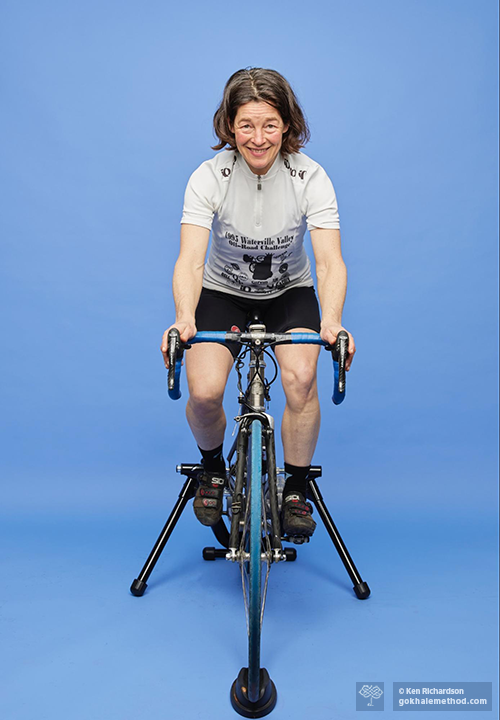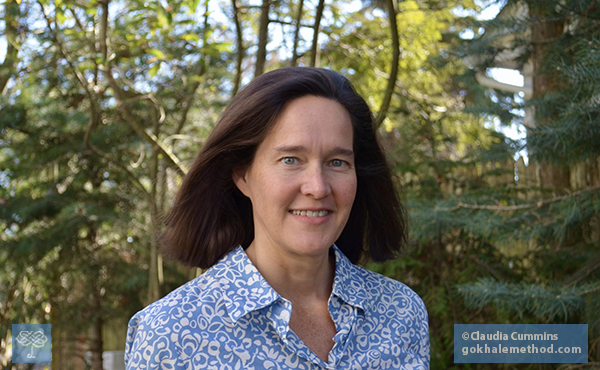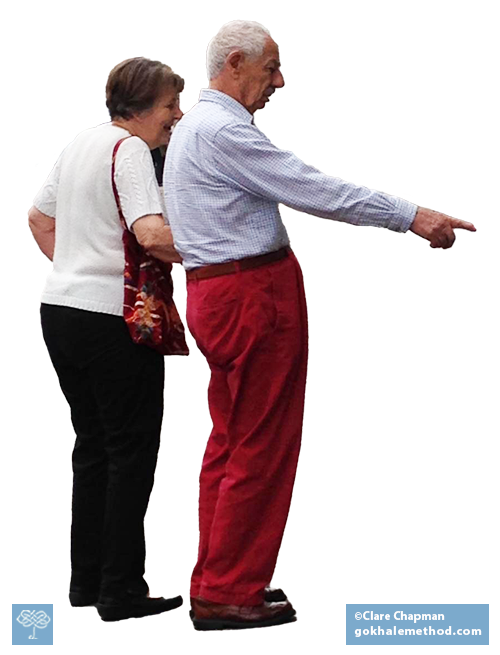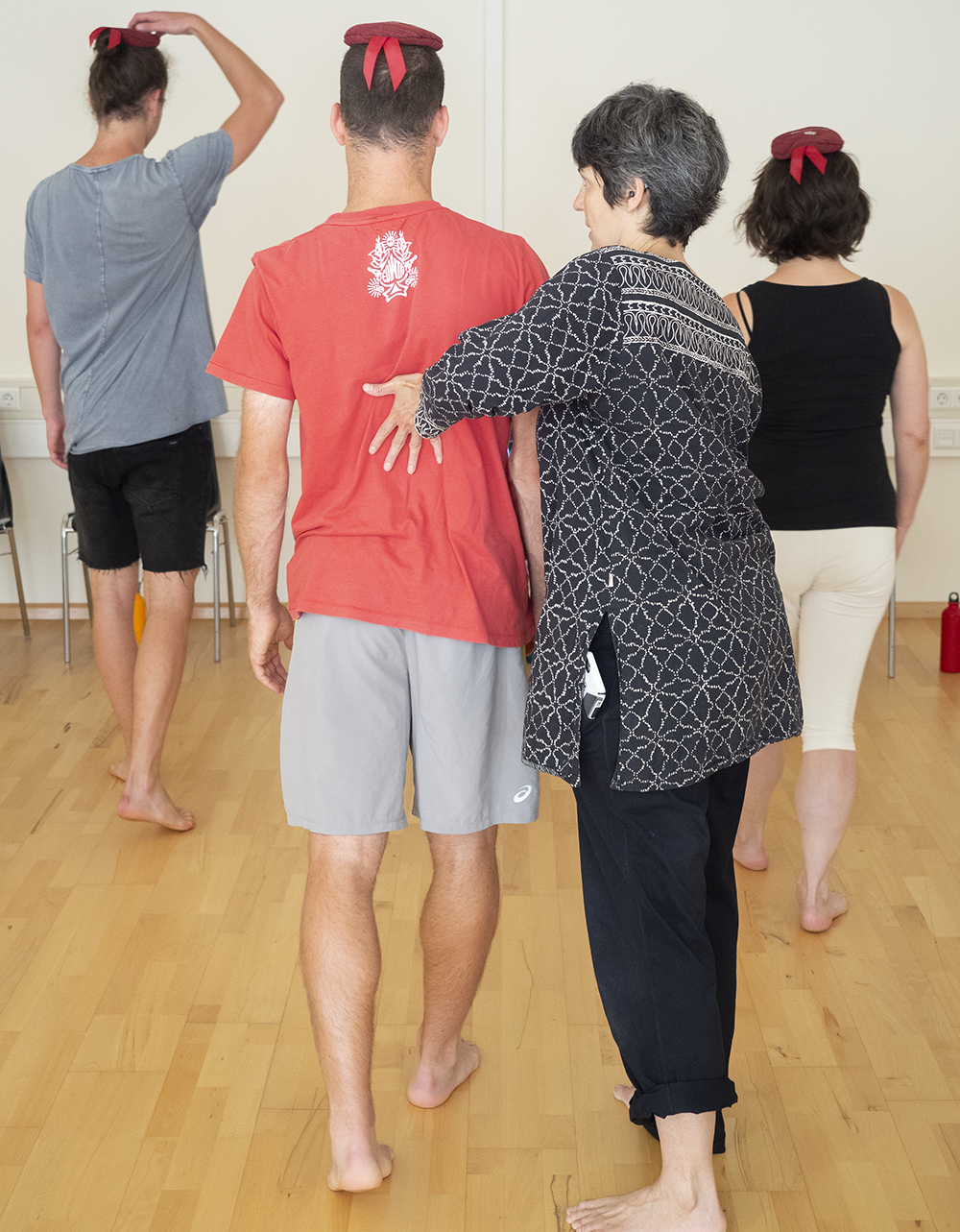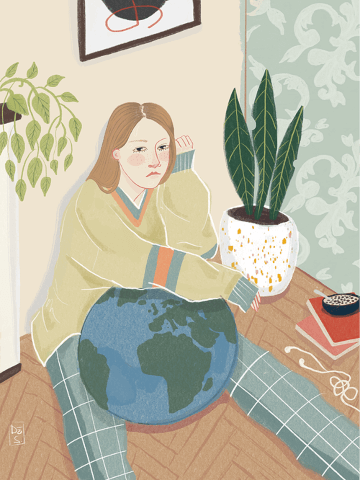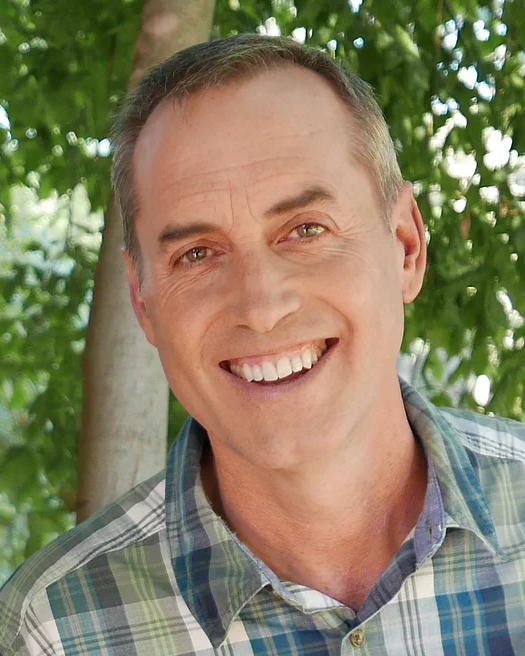This is Part 3 of a three-post series on cycling with healthy posture by Gokhale Method teacher and longtime cyclist Tiffany Mann. Read Part 1 and Part 2 here.
Spring has arrived, and perhaps like many people, you want to spend more time on your bike! Maybe you’re already an avid cyclist looking for some tips to make cycling more comfortable and sustainable for years to come; or you’ve taken a break and are ready to step back on the pedals. Perhaps you just want to get up those hills!
Even if you are a beginner, it is so satisfying and pleasurable to use your own muscle power to propel yourself on this simple machine; but it is still well worth looking at how to use your energy as economically as possible. Cycling doesn’t have to be superhard work, and you can benefit your posture at the same time.
Get Updates on the Latest Blog Posts
Claudia Cummins is a yoga and meditation teacher, poet, and talented writer. Already familiar with Esther’s book and DVD, she joined the 1-2-3 Move program on Thanksgiving last year. It quickly became a favorite way to lift her spirits and do her body good throughout the darkest times of the COVID-19 pandemic. In this essay Claudia generously shares her beautiful account of discovering the 1-2-3 Move dance party. You are invited to visit and enjoy more of Claudia’s writing and expertise on her website.
Many of the questions I hear from students are about concerns they have due to left/right asymmetry in their bodies. People will often see a clearly visible asymmetry as the root cause of any dysfunction and pain. This strikes me as a natural and understandable assumption—but my experience as a posture educator leads me to think there is more to consider here than meets the eye.
SCIJ isn’t a very memorable acronym, but the shapes of the letters do accurately represent the four most common spinal shapes. In this blog post you will discover which SCIJ category you belong in, what changes you might want to make, and the first baby steps to improve your spinal shape.
I am a small-boned, postmenopausal woman with osteoporosis. I first showed signs of osteopenia (the precursor to osteoporosis) 10 years ago and agreed with my physician to take a Western medicine called Boniva. After a year of nasty side effects, I discontinued the medicine and decided to try to pursue other options.
I researched and experimented and eventually found a routine comprised of nutritional supplements, weight-bearing exercises with a trainer twice a week, and walking as much as possible. This routine seemed to help a little but was complicated by an undiagnosed fissure in my L5/S1 lumbar disc. At the time, I was in chronic pain and in constant fear of having a back spasm with each weight-bearing exercise. I did my best, but the gusto I needed to push through these exercises soon evaporated.
We Gokhale Method teachers love our head cushions! I find there is nothing better than head-loading, even with a light weight, to evoke a taller stance, help straighten out excessive neck curvature, and strengthen the deepest of our neck muscles.
The realization that head-loading must have once been a ubiquitous activity hit home in my research travels to Burkina Faso in the 1990s. I began sharing the benefits of head-loading with my students, and devised the Gokhale™ Head Cushion to make it an accessible and convenient exercise.
It’s no secret that depression and anxiety are rampant these days. So many people worldwide are feeling the effects of the ongoing pandemic, and dealing with its many, varied results, not to mention other stressors. It can seem that there is so little in our lives that we can have influence over, exacerbating feelings of powerlessness and depression.
In addition to the range of standard therapeutic interventions like psychotherapy and medication, there’s something all of us can adopt that will help boost our mood: adding exercise to our routine.
A common saying in the United States is “Showing up is half the battle.” I would prefer that to read “Showing up is half the game.” This distinction notwithstanding, the saying speaks to the big difference between giving something a try and opting out of participating at all. But does this lowest-common-denominator approach predispose us toward laziness? And does it cheapen the earnest efforts of others?
People make a big deal about perfectly adhering to routines, attending classes (or in pre-COVID times, the gym) daily, etc. As it turns out, however, the imperfect, fuzzy-edged effort has a great deal of value. Learn why in my latest blog post!
With the approach of the New Year, many people are thinking about resolutions, but the truth about most New Year’s resolutions is that they don’t stick. Or they don’t stick for long. This isn’t on account of personal failure. According to Stanford behavior scientist B.J. Fogg, author of the NY Times bestseller Tiny Habits, the problem is how we humans approach habit formation in the first place. All-or-nothing thinking, such as framing struggles as “failure” and anything short of “perfection” as unacceptable, is a hard line to take with ourselves. Struggling with a new habit is very common and perfection is by its nature unachievable, so identifying with our "failures" ends up preventing growth and keeping us in our comfort zones...or ruts. So what can we do about it?

